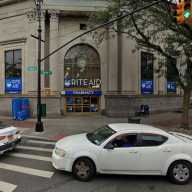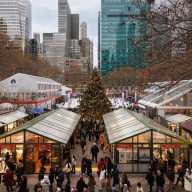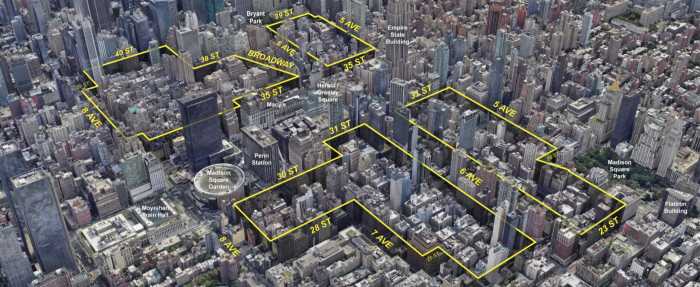The Landmark Preservation Commission (LPC) named Addisleigh Park, once home to many renowned African-Americans, in St. Albans as a historic district, protecting 422 houses from changes and demolition.
Before the 1948 Federal Supreme Court decision that prohibited racially restrictive housing policies, Addisleigh Park homes were only sold to whites.
The commission unanimously made the designation on Tuesday, February 1.
“Addisleigh Park and Sandy Ground attracted generations of African-Americans who influenced the cultural and economic development and history not only of New York City, but also the nation,” said Commission Chair Robert B. Tierney. “Their contributions were so significant that we thought it was fitting to honor them with these votes at the start of Black History Month.”
Jazz pianist William “Count” Basie lived on 174-27 Adelaide Road. On 175-19 Linden Boulevard lived soul singer James Brown. Civil rights leader W.E.B. Du Bois made his home on 173-19 113th Avenue.
Councilmember Leroy Comrie believed the designation was long overdue.
"The Southeast Queens community takes tremendous pride in the acknowledgement of this neighborhood and I am hopeful that the rich history and legacy of Addisleigh Park will be used as a teaching tool in schools across the city,” he said.
The historic district is bounded by Sayres Avenue to the north, Linden Boulevard to the south, Merrick Boulevard to the east and 180th Street to the west. It is now Queens’ 10th historic district.
Rene Hill, president of the Addisleigh Park Civic Organization, was grateful for the designation, but is now focusing on the preservation of the St. Albans VA hospital.
Hill grew up in Queens and had relatives who lived in St. Albans.
“I would look at James Brown’s house and think ‘oh, it’s so beautiful,’” said Hill.
Simeon Bankoff, executive director of the Historic Districts Council, noted that the council and the civic group applied for grants to fund a survey of the area to understand its historic significance. They then hired architectural and cultural historians to compile a more comprehensive record, he said.
Calling the area a “suburban dream,” he and the groups wanted to “see if we can learn a little more.”
Bankoff added that saxophonist Illinois Jacquet held jam sessions in a studio in the basement of his home.
Even before the Supreme Court ruling, he said, there were up to 50 African-American families already living in the area, including Ella Fitzgerald and “Count” Basie.
In the neighborhood, there are three main types of architecture including English Tudor Revival, Colonial Revival and Arts and Crafts, according to the LPC designation report.
The City Planning Commission and City Council will review the designation and have 120 days to ratify or reverse the decision, said an LPC spokesperson.































